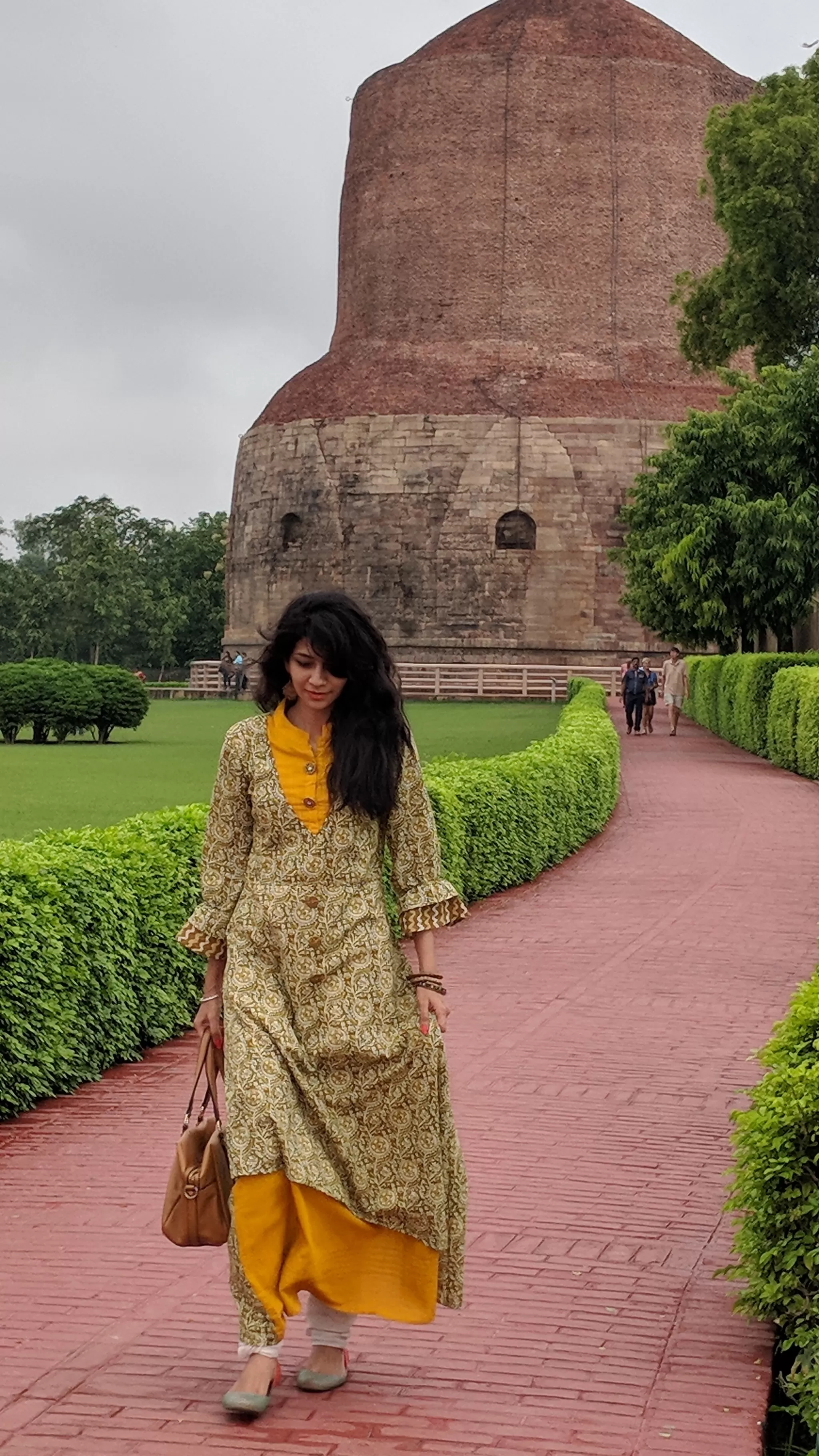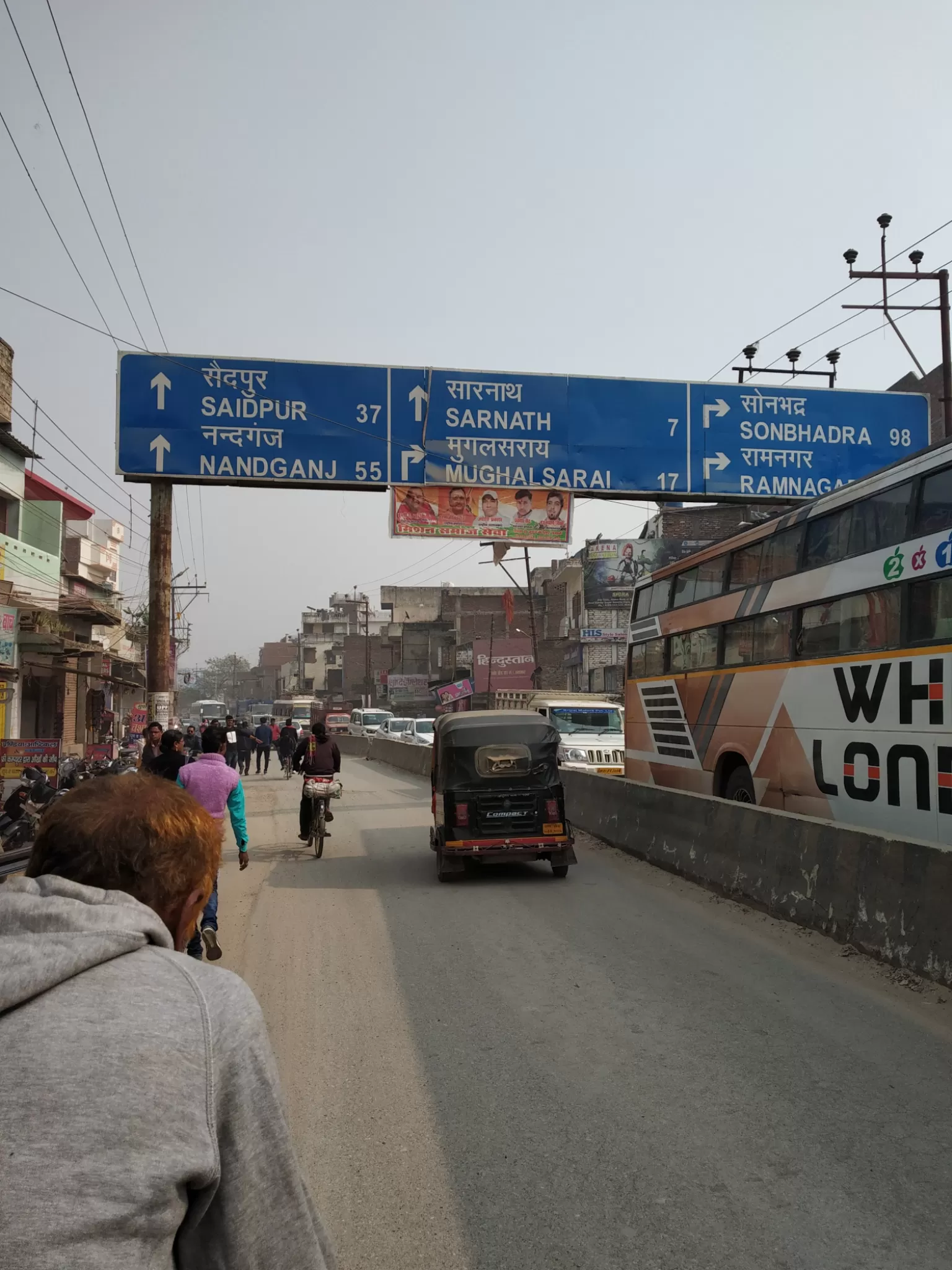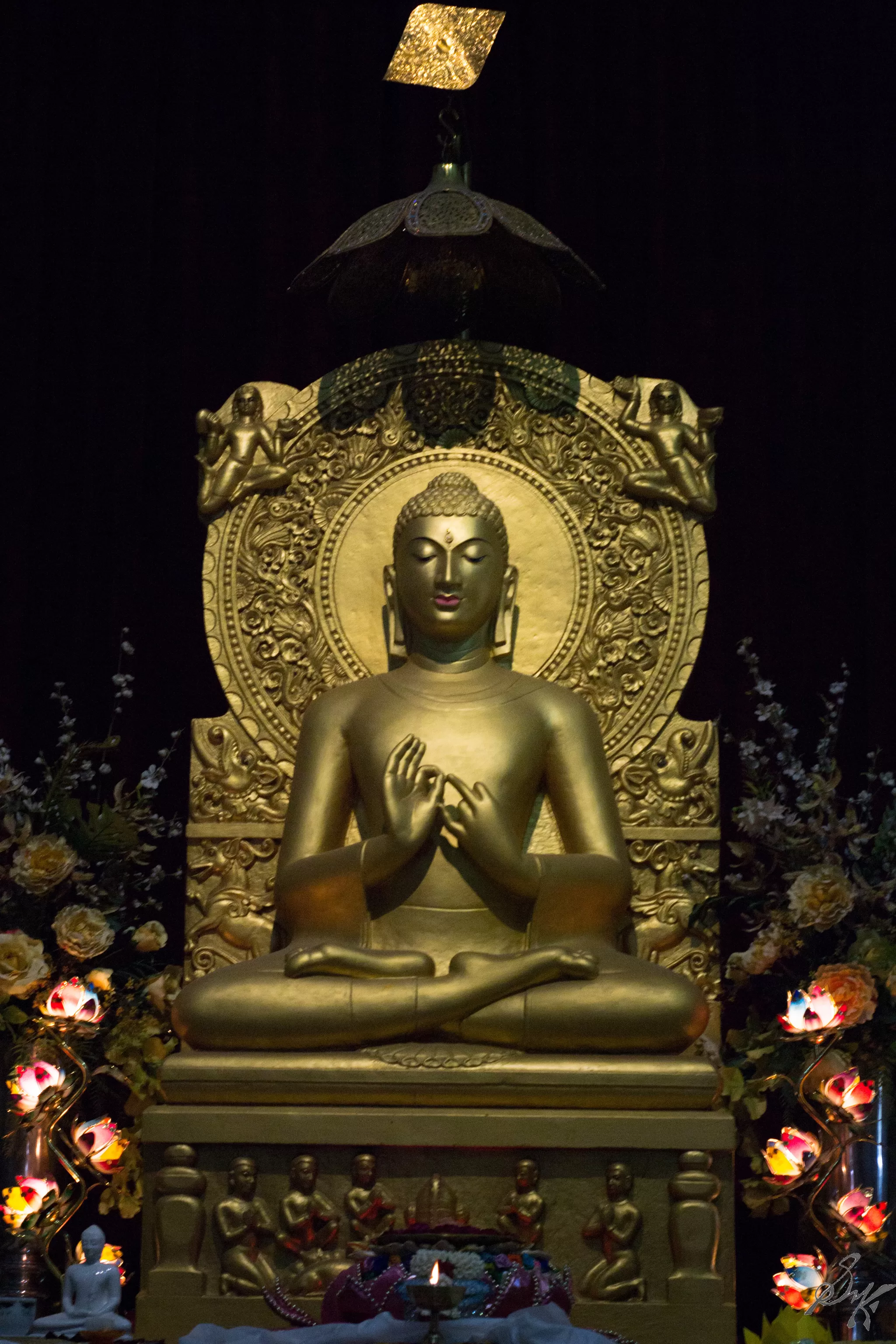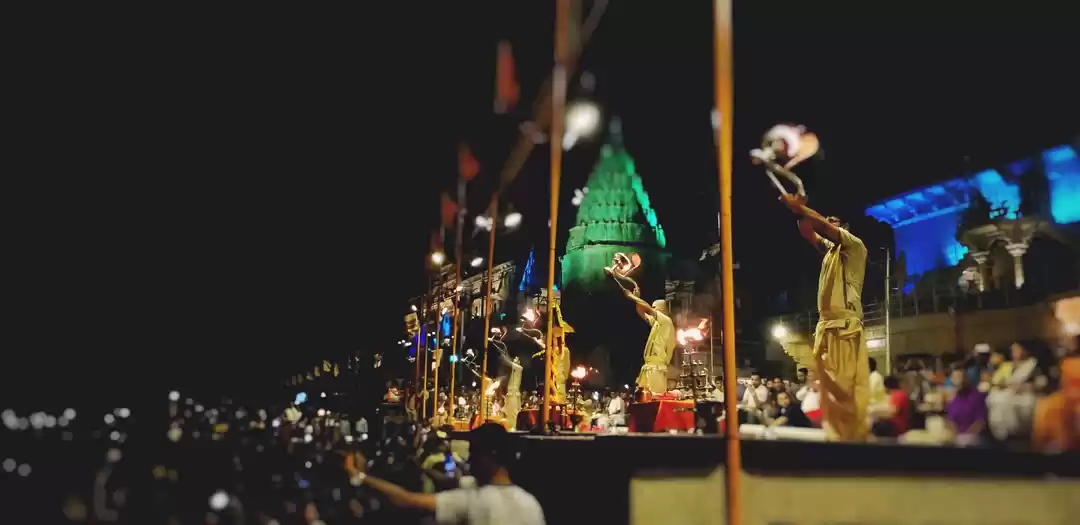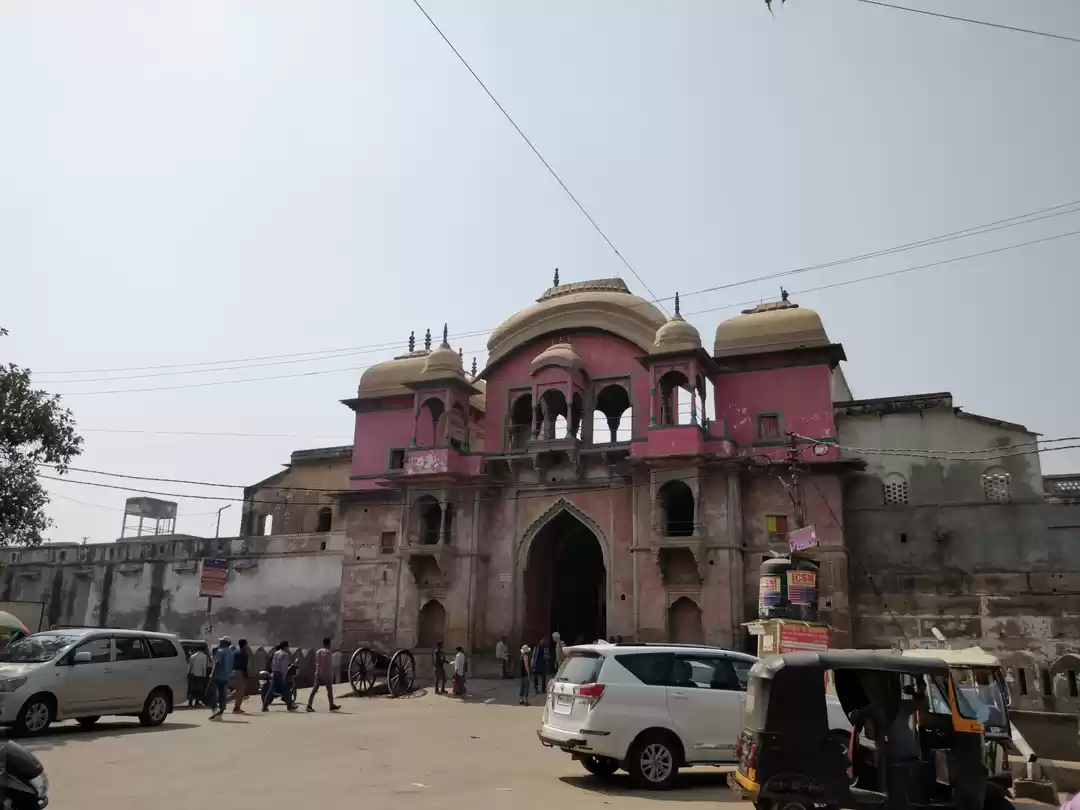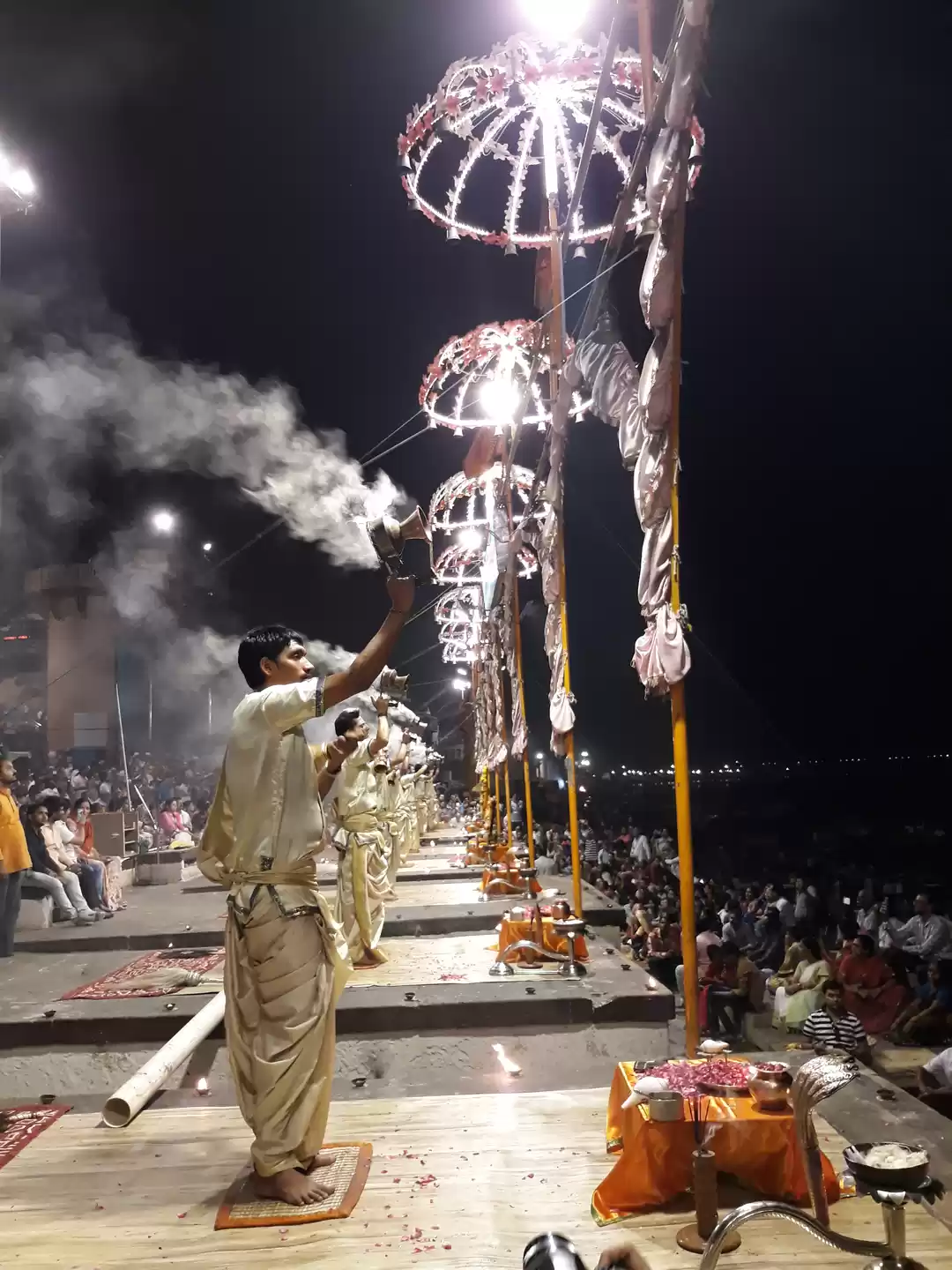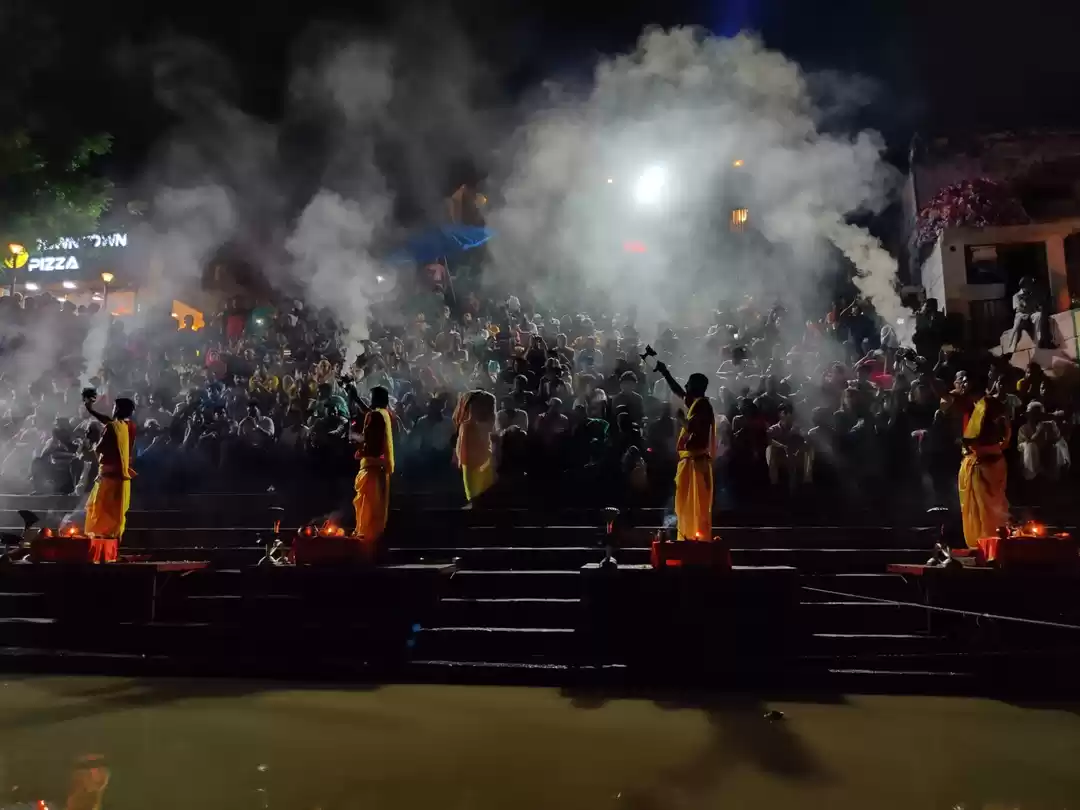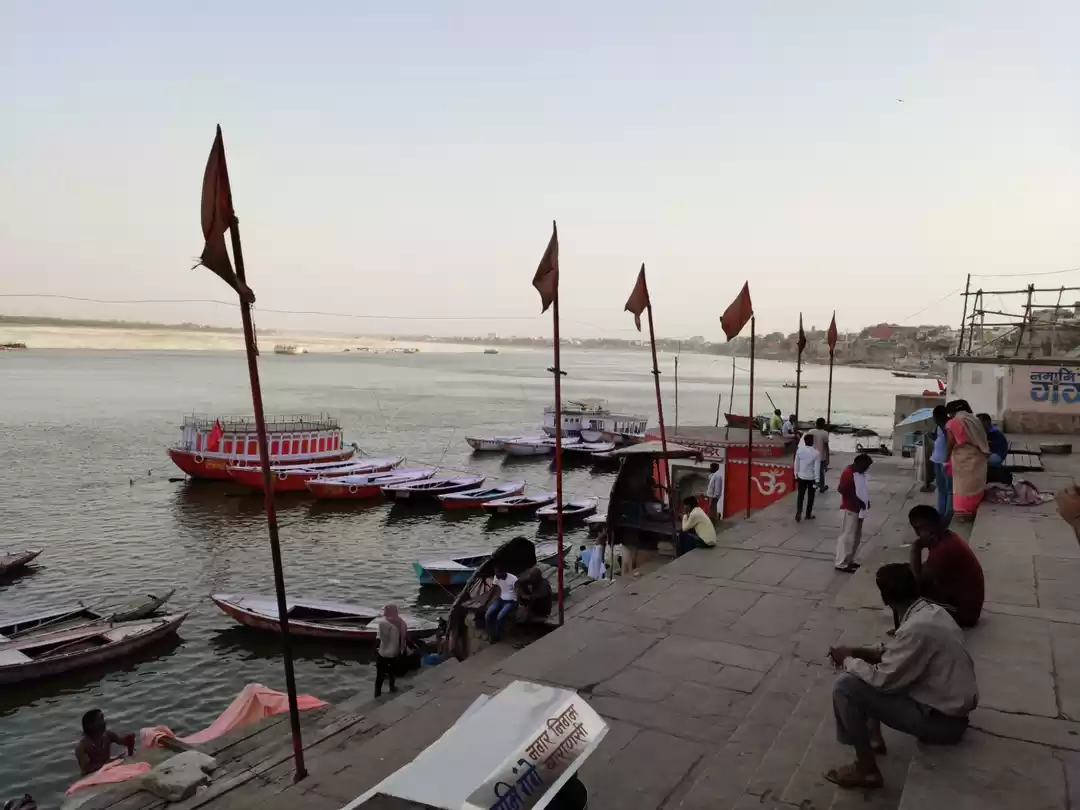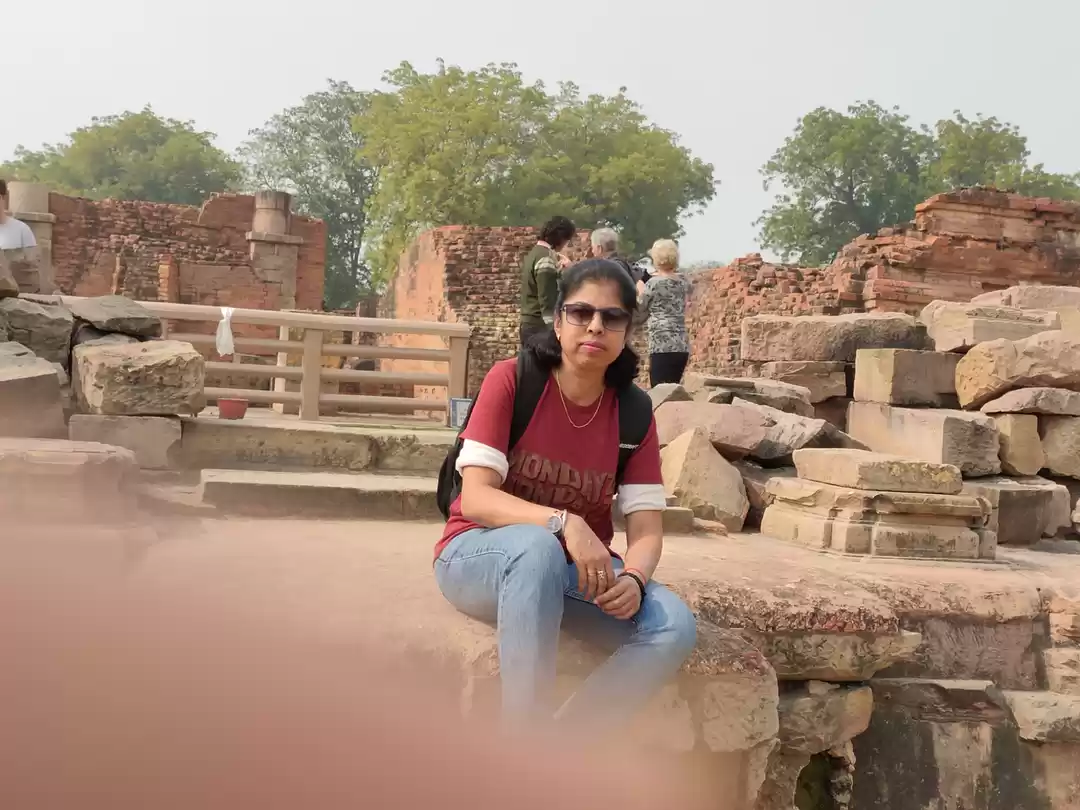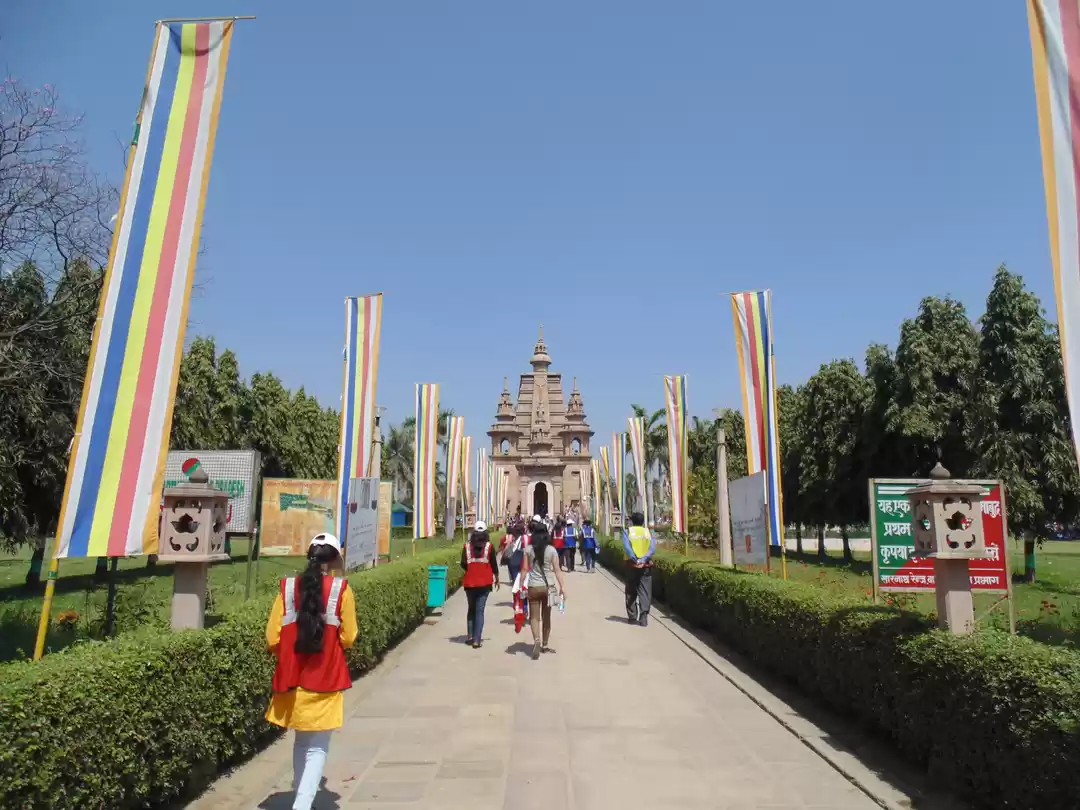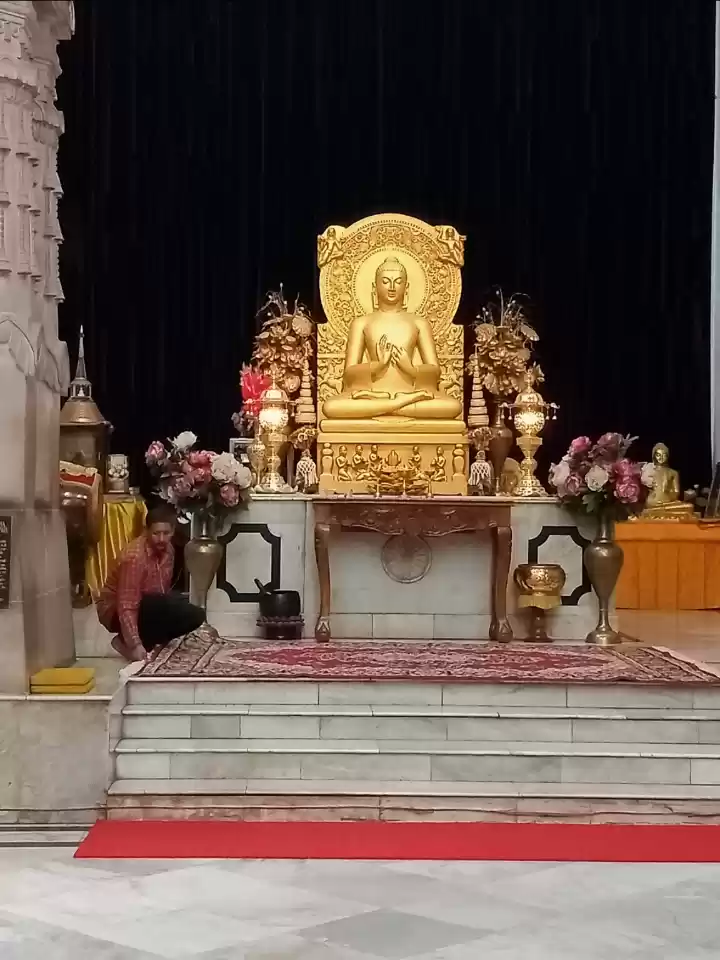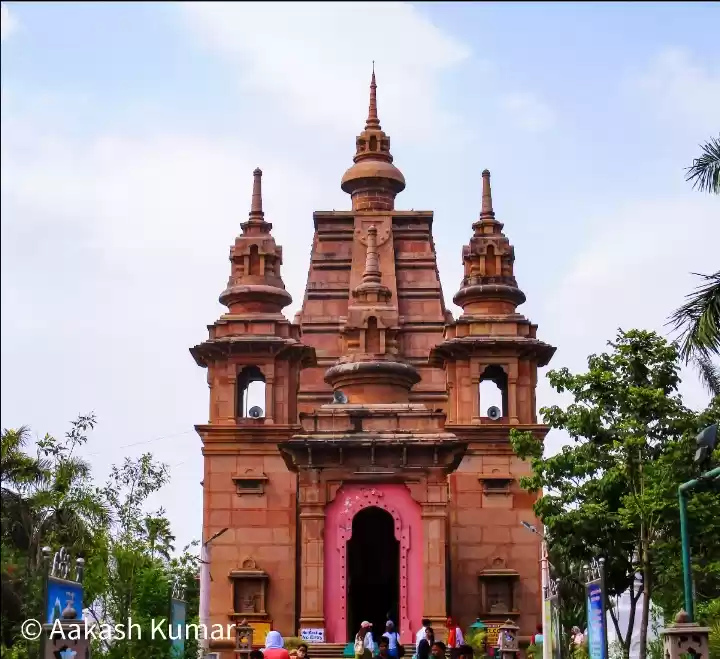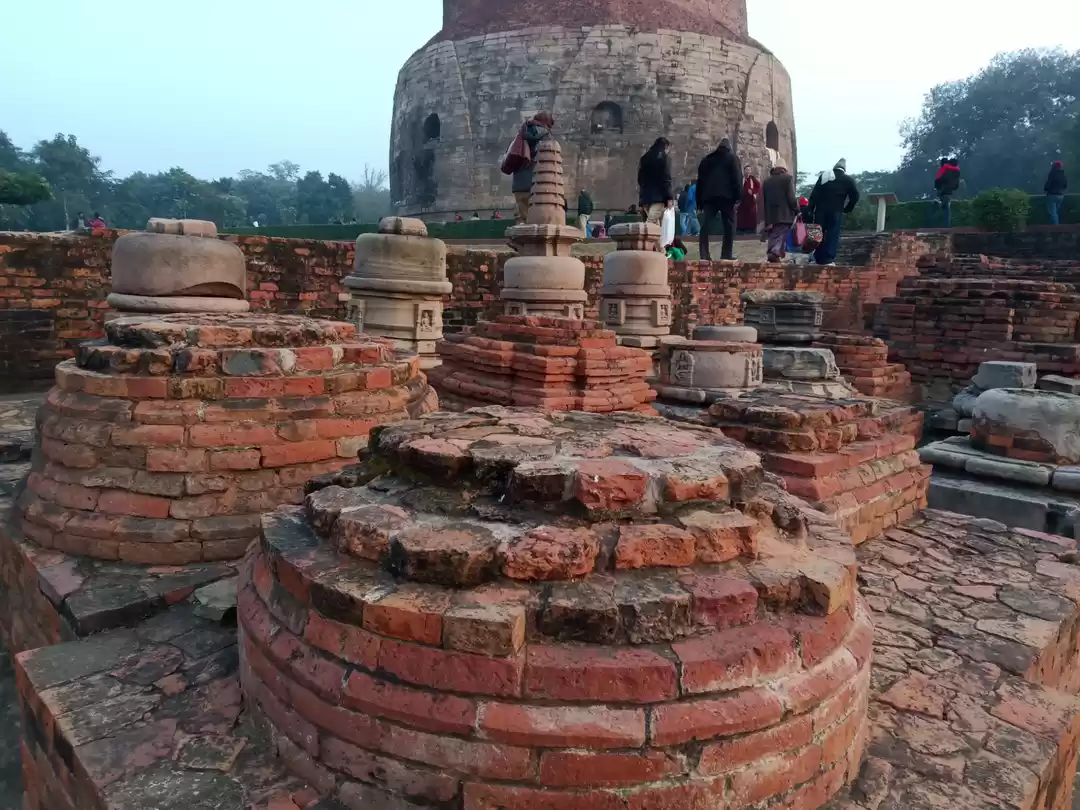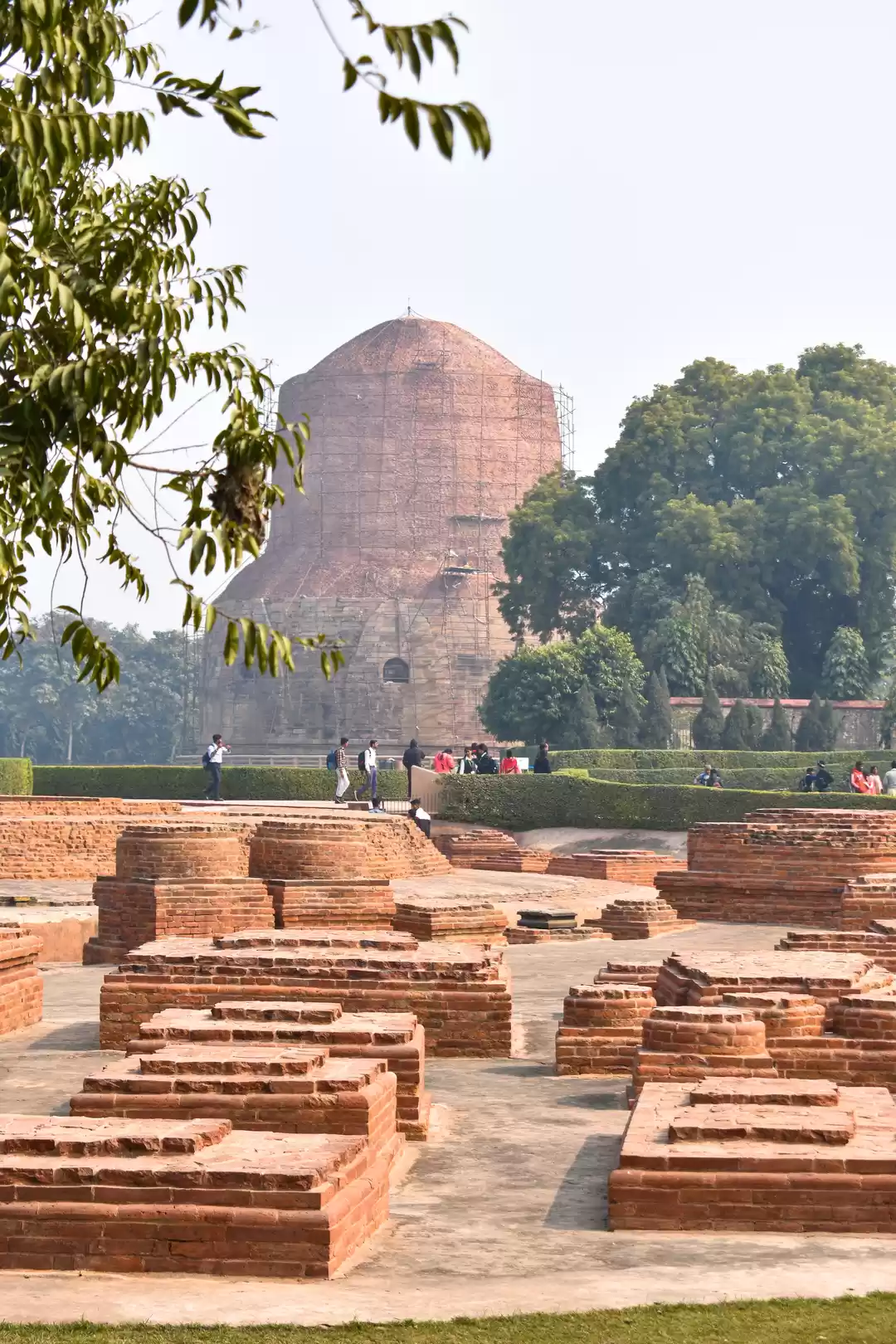Are you looking for a spiritual and cultural getaway that will enrich your mind and soul? Do you want to explore the ancient and sacred history of one of the world's oldest religions? Do you want to witness the stunning and diverse architecture and art of different Buddhist traditions? If you answered yes to any of these questions, then Sarnath is the perfect destination for you.
Sarnath is a small town near Varanasi in Uttar Pradesh, India, where the Buddha gave his first sermon and taught the Four Noble Truths and the Eightfold Path to his five disciples. It is one of the four most important Buddhist pilgrimage destinations in the world, along with Bodh Gaya, Lumbini, and Kushinagar. Sarnath is also home to some of the most remarkable and impressive monuments and museums that showcase the rich and glorious heritage of Buddhism and India.
In this article, you will learn everything you need to know about Sarnath, including its history, significance, attractions, and activities. You will also find practical information on how to visit Sarnanath, when to go, where to stay, and what else to do in and around Sarnath. Whether you are a devout Buddhist, a curious traveler, or a history buff, Sarnath will offer you an unforgettable and enlightening experience.
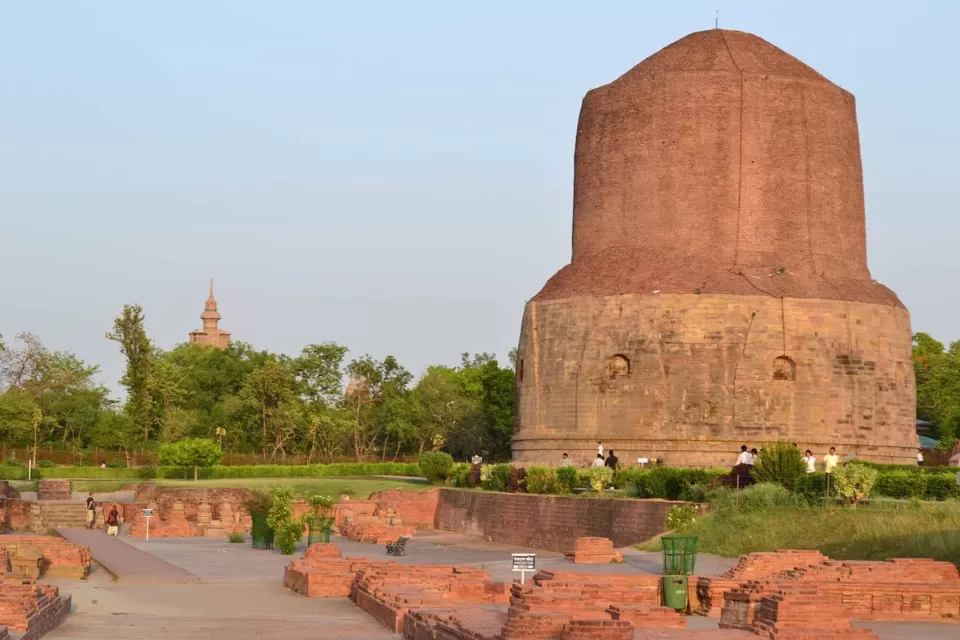
History of Sarnath
The name Sarnath comes from Saranganath, which means "the Lord of the Deer". According to legend, the Buddha was a deer in one of his previous lives, and he saved the life of a doe by offering himself to a king who was hunting. The king was moved by the Buddha's compassion and granted him the deer park in Sarnath, where he later preached his first sermon.
Sarnath is also associated with Jainism and Hinduism, as it is believed to be the birthplace of Shreyansanath, the eleventh Jain Tirthankara, and the site of a Shiva temple called Mrigadava.
However, Sarnath is most famous for its connection to Buddhism, as it is the place where the Buddha set in motion the Wheel of Dharma, or the law of universal truth, after attaining enlightenment in Bodh Gaya. He delivered his first sermon, known as the Dhammacakkappavattana Sutta, to his five disciples, who became the first monks of the Sangha, or the Buddhist community.
Sarnath soon became a center of Buddhist learning and art, attracting thousands of pilgrims and scholars from all over the world. Emperor Ashoka, who converted to Buddhism after witnessing the horrors of war, built several stupas, monasteries, and pillars in Sarnath to commemorate and propagate the Buddha's teachings. The most famous of these is the Ashoka Pillar, which bears the lion capital, the national emblem of India.
Sarnath reached its peak of glory and prosperity between the 3rd century BCE and the 12th century CE, when it was adorned with magnificent structures and sculptures by various rulers and dynasties. However, Sarnath also faced several invasions and destructions, especially by the Muslim armies of Mahmud of Ghazni and Qutb-ud-din Aibak, who plundered and razed the Buddhist monuments and monasteries.
Sarnath remained in ruins and obscurity until the 19th century, when it was rediscovered and excavated by British archaeologists, who unearthed the remnants of the ancient and splendid civilization. Sarnath also played a role in the revival of Buddhism in India, as it was the venue of the fifth Buddhist council in 1904, and the place where the Dalai Lama gave his first sermon in India in 1956.
Today, Sarnath is a UNESCO World Heritage Site, and a testimony to the enduring and inspiring legacy of Buddhism and India.
How to Visit Sarnath
Sarnath is located about 10 km from Varanasi, the holy city of Hindus and one of the oldest cities in the world. You can easily reach Sarnath from Varanasi by train, bus, taxi, or auto-rickshaw. The nearest railway station is Sarnath Railway Station, which is about 2 km from the main attractions. The nearest airport is Lal Bahadur Shastri International Airport in Varanasi, which is about 25 km from Sarnath.
The best time to visit Sarnath is between October and March, when the weather is pleasant and cool, and the festivals of Buddha Purnima, Dhamma Chakra Pravartan Day, and Tibetan New Year are celebrated with great fervor and devotion. You can also visit Sarnath during the monsoon season, between July and September, when the landscape is lush and green, and the crowds are less. However, avoid visiting Sarnath during the summer season, between April and June, when the temperature can soar up to 45°C, and the heat and humidity are unbearable.
Sarnath offers a range of accommodation and dining options to suit your budget and preference. You can choose from luxury hotels, heritage resorts, guest houses, hostels, and homestays, depending on your comfort and convenience. Some of the best places to stay in Sarnath are the Gateway Hotel Ganges, the Clarks Varanasi, the Hotel Surya, and the International Guest House. You can also find many restaurants, cafes, and street stalls that serve delicious and authentic Indian, Chinese, Tibetan, and Thai cuisine, as well as vegetarian and vegan options. Some of the best places to eat in Sarnath are the Lemon Grass Restaurant, the Aum Cafe, the Ming Garden, and the Brown Bread Bakery.
The entrance fee for the archaeological site and museum in Sarnath is Rs. 30 for Indians and Rs. 500 for foreigners. The timings are from 6 am to 6 pm for the archaeological site, and from 9 am to 5 pm for the museum, except on Fridays. You can also hire a guide or an audio guide for a nominal charge, or join a group tour or activity for a more immersive and interactive experience. While visiting Sarnath, make sure to respect the religious and cultural sentiments of the locals and the pilgrims, and dress modestly and appropriately. Also, do not litter or damage the monuments and the environment, and follow the rules and regulations of the authorities.
What to See in Sarnath
Sarnath is a treasure trove of attractions that will mesmerize and enlighten you with their beauty and significance. Here are some of the must-see attractions in Sarnath that you should not miss:
Dhamekh Stupa
The Dhamekh Stupa is the most prominent and impressive monument in Sarnath, and the place where the Buddha gave his first sermon. It is a massive cylindrical structure, about 43 meters high and 28 meters in diameter, made of bricks and stones, and decorated with exquisite carvings of floral and geometric patterns. The stupa was built by Ashoka in the 3rd century BCE, and later enlarged and renovated by other rulers. The stupa is surrounded by a lush and serene garden, where you can meditate and contemplate the teachings of the Buddha.
Ashoka Pillar
The Ashoka Pillar is another landmark of Sarnath, and a symbol of India's ancient and glorious civilization. It is a stone column, about 15 meters high, erected by Ashoka in the 3rd century BCE, and inscribed with his edicts and messages of peace and dharma. The pillar also bears the famous lion capital, which consists of four lions facing the four cardinal directions, standing on a circular base with four animals and a wheel. The lion capital is the national emblem of India, and the wheel is the representation of the Dharma Chakra, or the Wheel of Law.
Archaeological Museum
The Archaeological Museum is a must-visit for anyone interested in the history and art of Sarnath and Buddhism. It is one of the oldest and finest museums in India, established in 1904, and housed in a beautiful building designed by James Ransome. The museum displays a remarkable collection of sculptures, relics, coins, inscriptions, and artifacts that were excavated from the archaeological site of Sarnath. The museum has five galleries, each dedicated to a different period and theme, such as the Mauryan, the Sunga, the Kushana, the Gupta, and the Later Periods. The museum also has a library and a publication section, where you can find more information and resources on Sarnath and Buddhism.
The highlight of the museum is the original lion capital of the Ashoka Pillar, which is kept in a glass case in the central hall. The lion capital is a masterpiece of Indian art and sculpture, and a testimony to the skill and craftsmanship of the ancient artists. The museum also showcases some of the most famous and exquisite sculptures of Sarnath, such as the Buddha in Dharmachakra Pravartana Mudra, the Buddha in Abhaya Mudra, the Buddha in Bhumisparsha Mudra, the Bodhisattva Padmapani, and the Chakreshwara Jataka.
Thai Temple
The Thai Temple is one of the most beautiful and serene attractions in Sarnath, and a reflection of the diversity and harmony of the Buddhist traditions. It is a modern temple, built in 1933, and designed in the typical Thai style, with a sloping roof, golden spires, and colorful decorations. The temple is surrounded by a well-maintained garden, where you can relax and enjoy the tranquility and freshness of the environment. The main attraction of the temple is the large and majestic statue of the Buddha, made of bronze and gold, and sitting in a lotus posture. The temple also has a library, a meditation hall, and a school, where you can learn more about the Thai culture and Buddhism.
Mulagandha Kuti Vihar
The Mulagandha Kuti Vihar is another modern temple in Sarnath, built in 1931 by the Mahabodhi Society of India, and designed by a French architect. It is located at the site where the Buddha used to meditate and deliver his sermons, and where the original Mulagandha Kuti, or the Fragrant Hut, once stood. The temple is a splendid example of Indo-Japanese fusion, with a red brick exterior, a conical roof, and a golden spire. The temple is adorned with exquisite murals and frescoes, painted by a Japanese artist, depicting the life and teachings of the Buddha. The temple also houses a golden statue of the Buddha, a relic of the Buddha's bones, and a Bodhi tree, which is a descendant of the original tree under which the Buddha attained enlightenment.
One of the most popular and enchanting activities to do in Sarnath is to attend the evening prayer at the Mulagandha Kuti Vihar, which takes place every day at 6 pm. You can join the monks and the devotees in chanting the hymns and mantras, and experience the peace and bliss of the divine atmosphere. You can also witness the spectacular sight of the temple illuminated by hundreds of lamps and candles, creating a magical and mesmerizing effect.
Chaukhandi Stupa
The Chaukhandi Stupa is one of the oldest and most mysterious monuments in Sarnath, and the place where the Buddha met his five disciples for the first time. It is a square-shaped structure, made of bricks and stones, and topped by an octagonal tower, which was added by the Mughal emperor Akbar in the 16th century. The stupa is surrounded by a high wall, which has four gates, each facing a different direction. The stupa is also decorated with various carvings and inscriptions, some of which date back to the 5th century CE. The stupa is believed to have some supernatural powers, and is revered by the locals and the pilgrims alike.
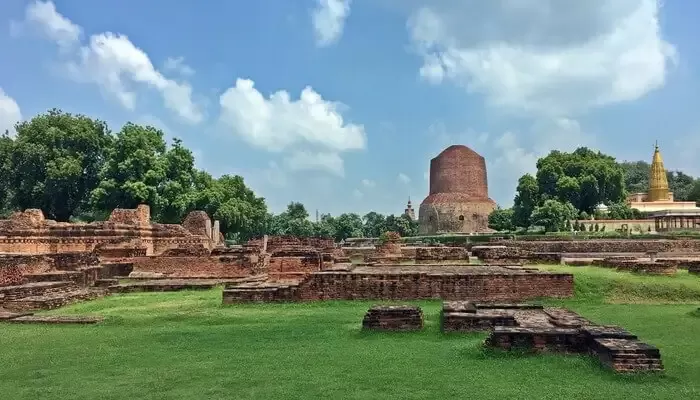
What Else to Do in Sarnath
Sarnath is not only a place to see, but also a place to do. There are many other activities and experiences that Sarnath offers to visitors, that will make your trip more memorable and enjoyable. Here are some of the other things to do in Sarnath that you should try:
Visit the Deer Park
The Deer Park is a natural and serene sanctuary, located next to the archaeological site of Sarnath, where you can see and interact with the gentle and graceful deer, who are considered sacred in Buddhism. The deer park is also a great place to relax and enjoy the greenery and freshness of the environment, and to spot some of the other wildlife, such as peacocks, monkeys, and birds. The deer park also has a small zoo, a children's park, and a cafeteria, where you can have some fun and refreshment.
Take a Day Trip to Chunar Fort or Vindhyachal
If you have some extra time and want to explore some of the other places near Sarnath, you can take a day trip to Chunar Fort or Vindhyachal, which are both about 40 km from Sarnath. Chunar Fort is a historical and architectural marvel, built on a rocky hill overlooking the Ganga river, and dating back to the 11th century CE. The fort has witnessed many battles and changes of hands, and has many legends and stories associated with it. The fort also offers a panoramic view of the river and the countryside, and has a museum, a temple, and a garden within its premises.
Vindhyachal is a religious and cultural town, famous for its temples dedicated to Goddess Vindhyavasini, who is believed to be an incarnation of Durga, the supreme mother goddess in Hinduism. The town is also a center of Tantra, a mystical and esoteric branch of Hinduism, and has many shrines and rituals related to it. The town also hosts a grand fair during the Navratri festival, which attracts thousands of devotees and tourists.
Conclusion
Sarnath is a place that will inspire and enlighten you with its history, culture, and spirituality. It is a place that will connect you with the Buddha, his teachings, and his followers, and with yourself. It is a place that will offer you an unforgettable and enriching experience, that you will cherish for a lifetime.






